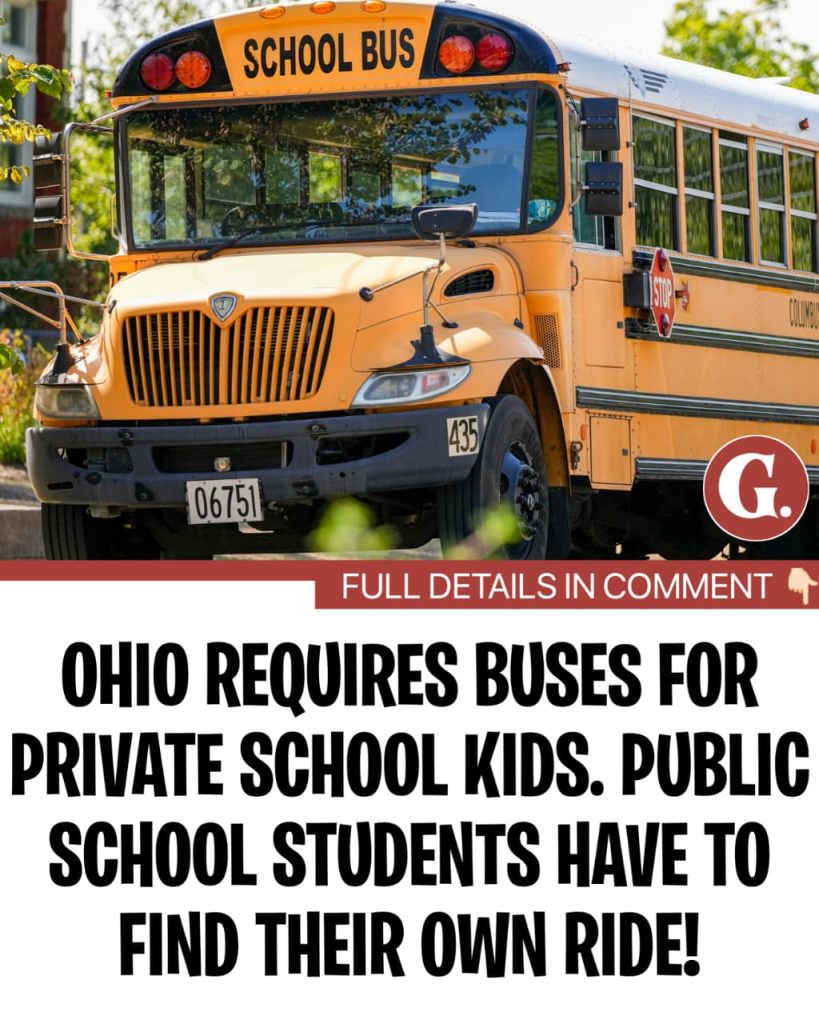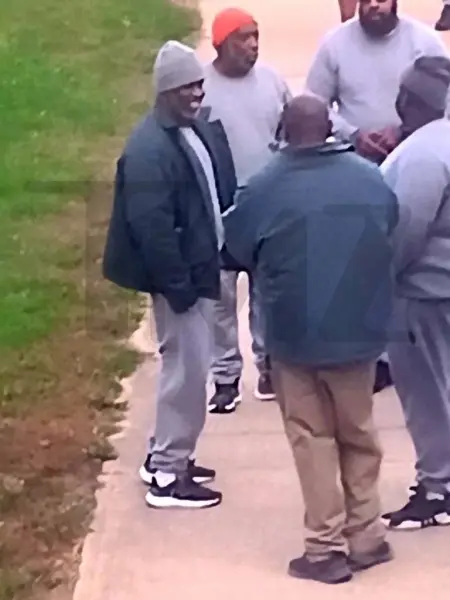Ohio Guarantees School Buses for Private School Kids While Many Public School Students Are Left Stranded
Sometimes, the most surprising controversies aren’t about politics, sports, or celebrity gossip — they’re about something as simple, yet as vital, as how a child gets to school in the morning. In Ohio, a state transportation policy has become the center of a heated conversation, and the reason is pretty shocking: while private school students are guaranteed access to school buses, many public school kids are left figuring out their own way to class.
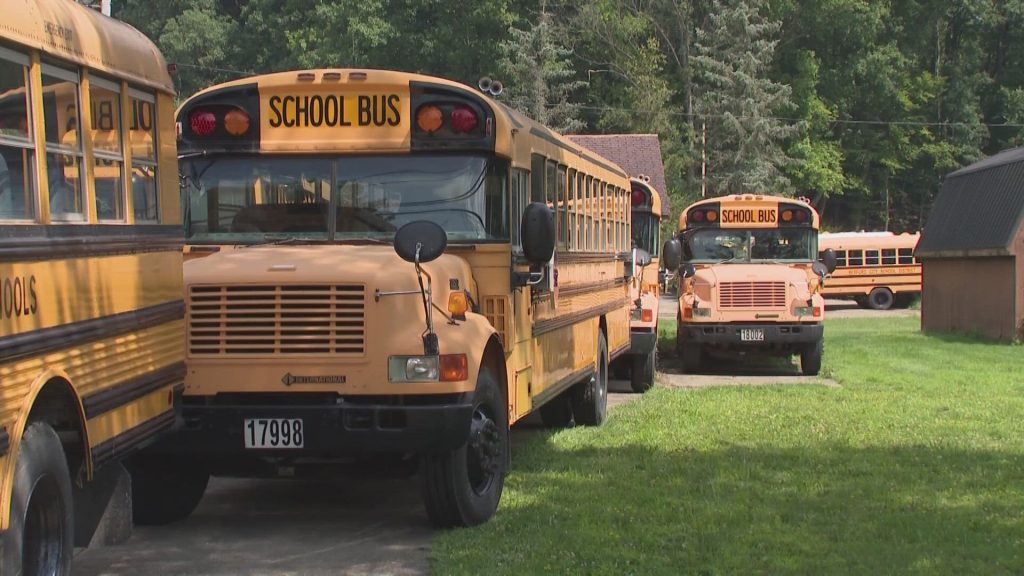
To understand why this has sparked such an emotional response, you have to picture the daily reality for thousands of families. Imagine being a parent in a working-class neighborhood, waking up before dawn to get your kids ready for school. You don’t have a car, or maybe your work schedule starts before the school day even begins. For years, your children took the yellow bus to school. But now, with route changes, budget cuts, and staffing shortages, that bus no longer comes for them. Instead, you’re told to find another way — maybe carpool with a neighbor, put your kids on public transit, or walk them miles to class. Meanwhile, across town, students attending a private or chartered nonpublic school are still guaranteed a ride, even if their campus is farther away.
It all comes down to Ohio’s laws on student transportation. Under state requirements, local districts must provide transportation to eligible students attending chartered nonpublic schools, as long as certain distance criteria are met. On paper, it sounds like an attempt at fairness — after all, students in private schools are still Ohio children, and they deserve safe and reliable transportation. But the tension begins when you realize that, in practice, many public school students are losing access to buses due to financial strain and driver shortages, while the private school guarantee remains intact.
Parents, teachers, and education advocates have been vocal about the imbalance. For public school families already facing economic challenges, transportation isn’t a luxury — it’s the difference between a child arriving at school ready to learn or missing valuable instructional time. In rural areas, the problem is even worse. Distances are longer, sidewalks may be nonexistent, and weather can be brutal. Asking kids to walk in freezing temperatures or heavy rain isn’t just inconvenient — it’s unsafe.
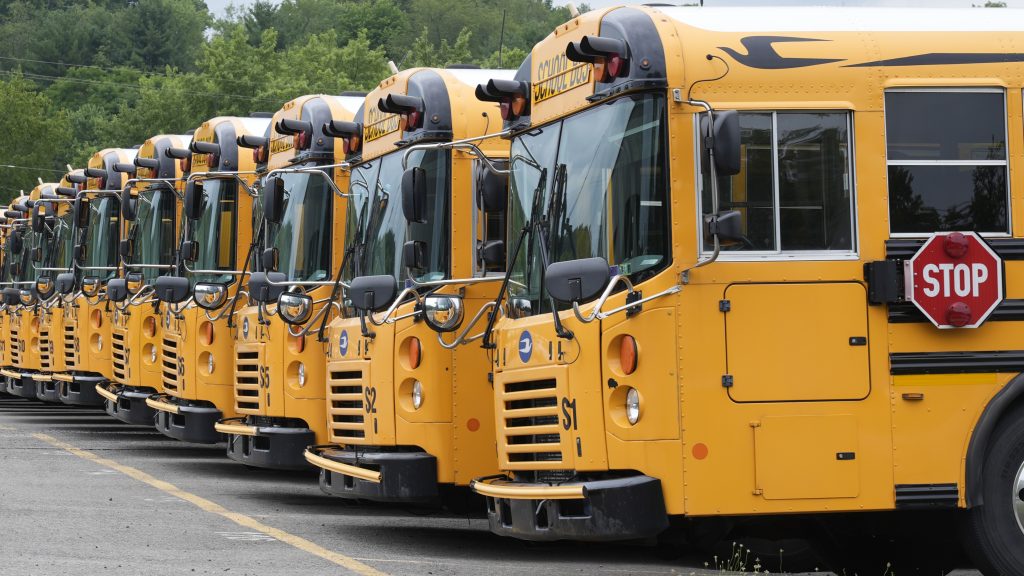
The state, however, points out that the transportation requirement for private schools isn’t new and is rooted in ensuring equitable access to education for all children, regardless of where they enroll. Supporters of the policy argue that private school students often attend schools outside their immediate neighborhoods, and without a legal transportation guarantee, they could face serious accessibility challenges. They also note that, in some cases, the buses for private schools may not be in direct competition with public school routes, meaning one doesn’t necessarily cancel out the other.
But the reality on the ground feels different for those affected. Many Ohio school districts are juggling impossible choices. Bus driver shortages have reached crisis levels in some areas, leading to canceled routes, late pickups, and overcrowded buses. Budget cuts force administrators to prioritize certain services over others, and in the shuffle, public school transportation often ends up being reduced or restructured. That means parents who once relied on a free, safe, and consistent ride for their kids now have to navigate a maze of alternatives, which might involve rearranging work schedules or paying for transportation out of pocket.
This tension also taps into a bigger, long-running debate about education funding in America. Public school advocates argue that the focus should be on strengthening the public system for all students before ensuring special provisions for private institutions. They point out that public schools are open to every child, regardless of family income or background, and they already operate on tight budgets. Every dollar or resource allocated to private school transportation, they argue, is one less that could be used to solve problems in the public system — from upgrading facilities to hiring more teachers and staff.
On the other side, proponents of school choice argue that families paying for private school still pay taxes that support public schools, and they deserve equitable services in return. For them, the transportation guarantee is a matter of fairness and consistency. Without it, they believe the state would effectively be punishing parents for making an alternative education choice, even if that choice is rooted in religious, cultural, or academic reasons.
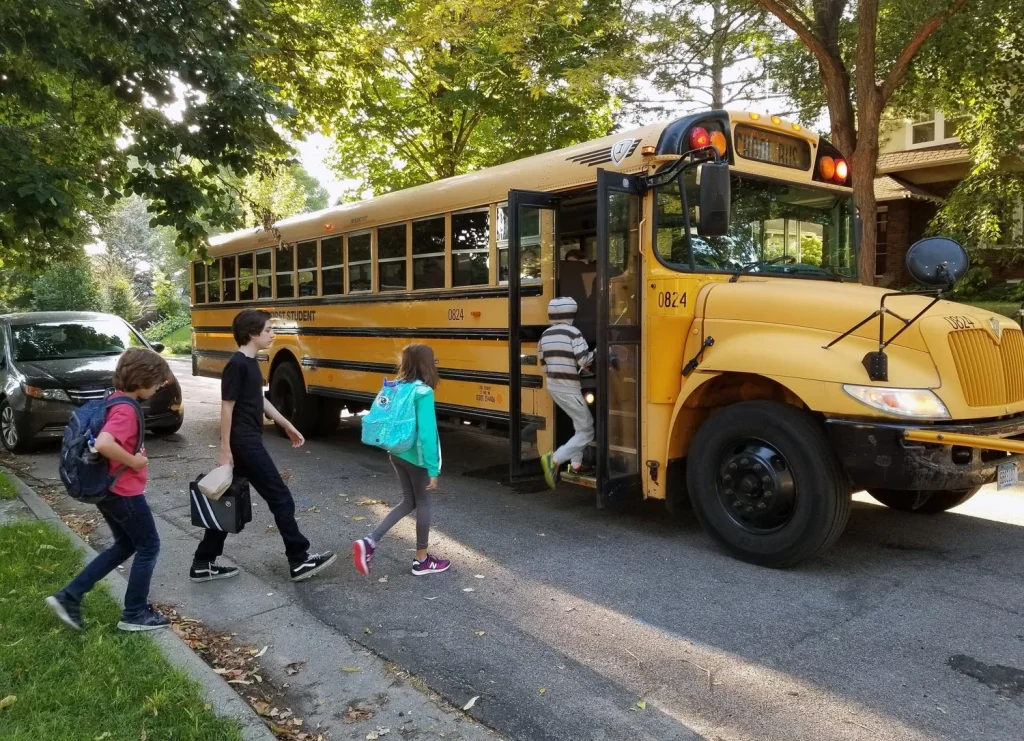
What’s clear is that the policy has exposed a deep divide in priorities. Parents who are directly impacted describe feelings of frustration, resentment, and helplessness. Some have taken to local school board meetings to demand changes. Others are organizing petitions and speaking to the media, hoping to bring enough public attention to force a reevaluation of the rules.
For the students themselves, the impact can be immediate and long-term. Kids without reliable transportation face more tardiness, more absences, and in some cases, a decline in academic performance. Missing the bus isn’t just about being late — it can mean missing breakfast at school, the first lessons of the day, or even standardized tests. Over time, those small disruptions add up, affecting not just grades but confidence and motivation.
There are also emotional consequences. For a child, the school bus can be more than just a ride — it’s often their first social environment of the day. Friendships form on the bus. Kids get used to the routine, the sense of independence, and the security of knowing they have a ride home. Losing that stability can feel like losing a part of the school experience itself.
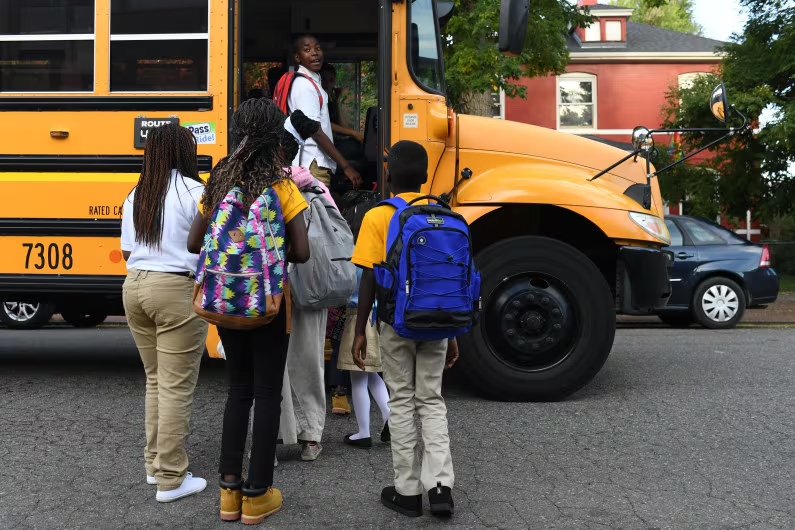
The question now is whether Ohio lawmakers will revisit the transportation laws to address these disparities. Some local officials have suggested temporary solutions, like shared routes between public and private school students or state-funded hiring incentives to address the driver shortage. Others want a deeper policy overhaul that prioritizes public school transportation needs first, before guaranteeing service to nonpublic schools.
Until then, the divide will likely continue to grow, with families on both sides feeling the effects. In the end, the debate isn’t just about buses — it’s about what kind of values the education system reflects. Is it about serving all children equally, or about honoring specific commitments even when resources are limited? For the parents waiting at the bus stop that never comes, and the ones watching their child ride off to a private school across town, the answer matters deeply. It’s not just a policy discussion in a statehouse — it’s a real, everyday challenge shaping the lives of Ohio families right now.
